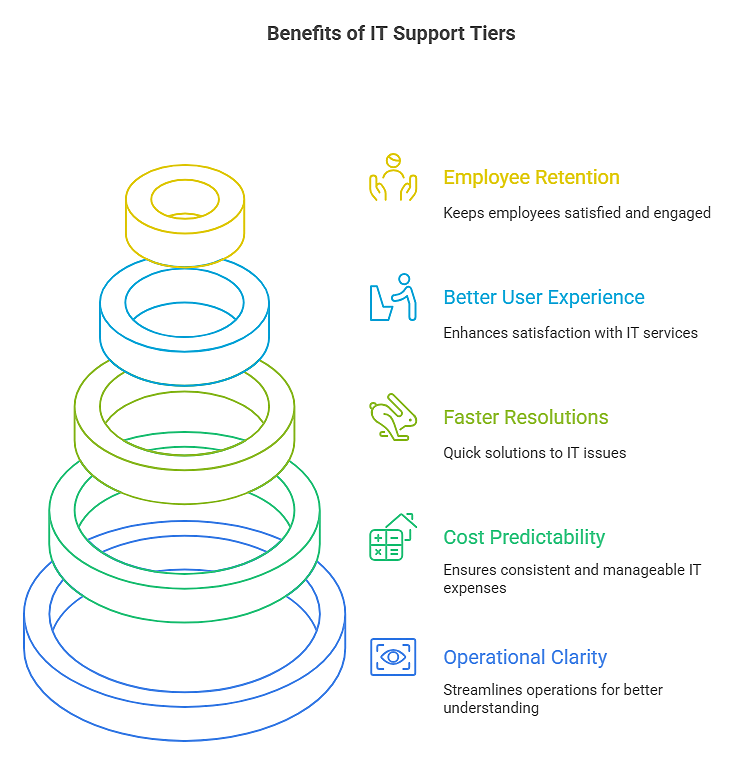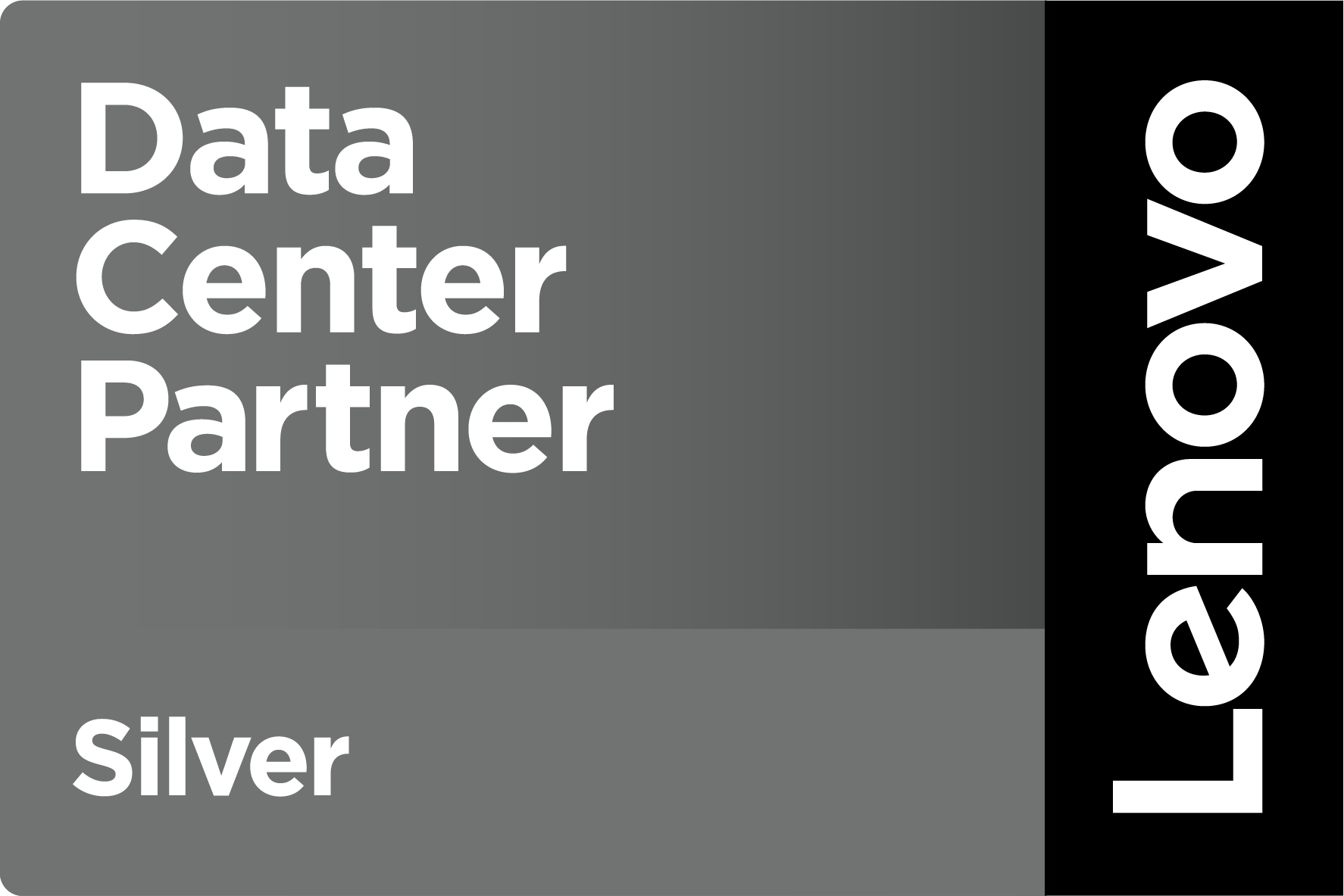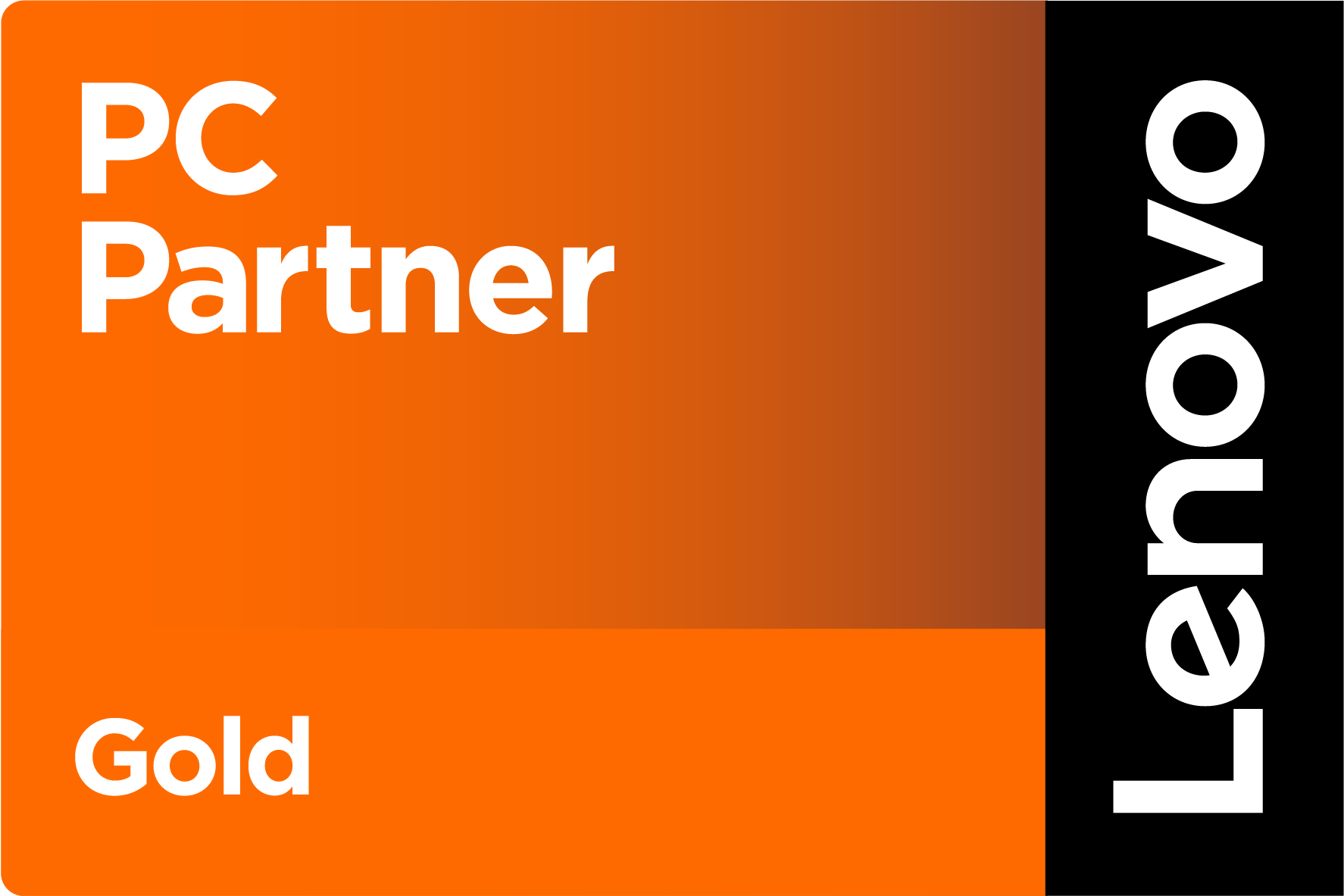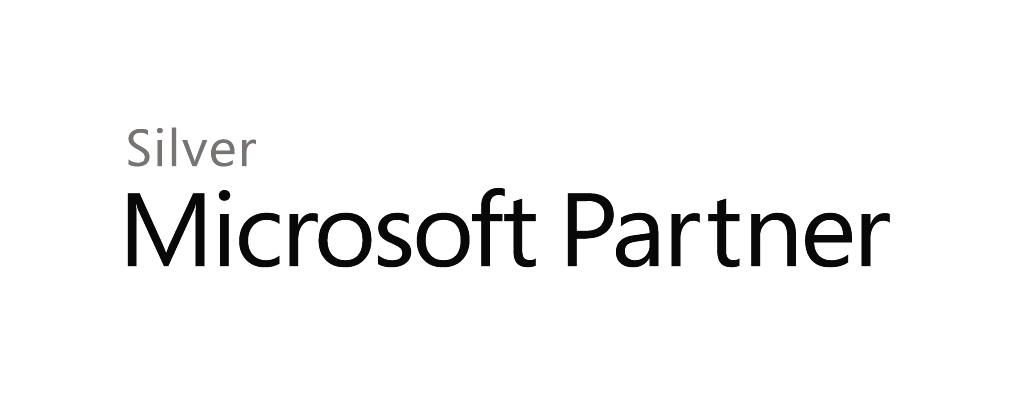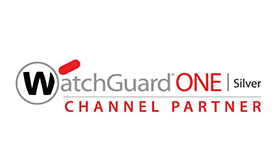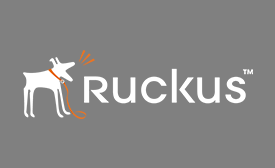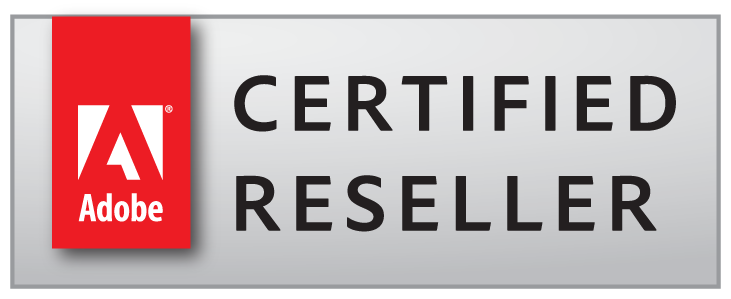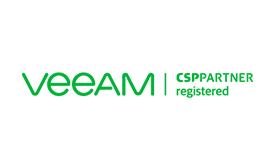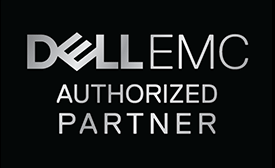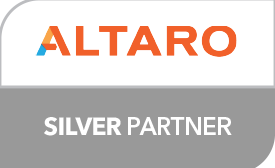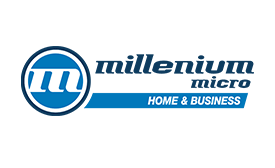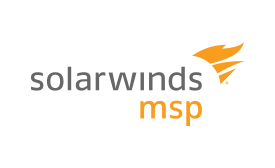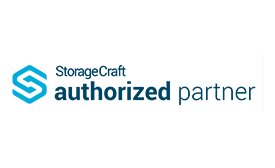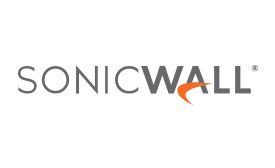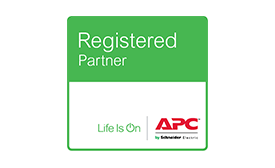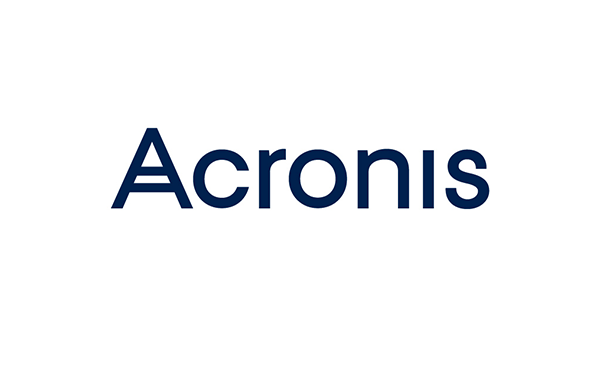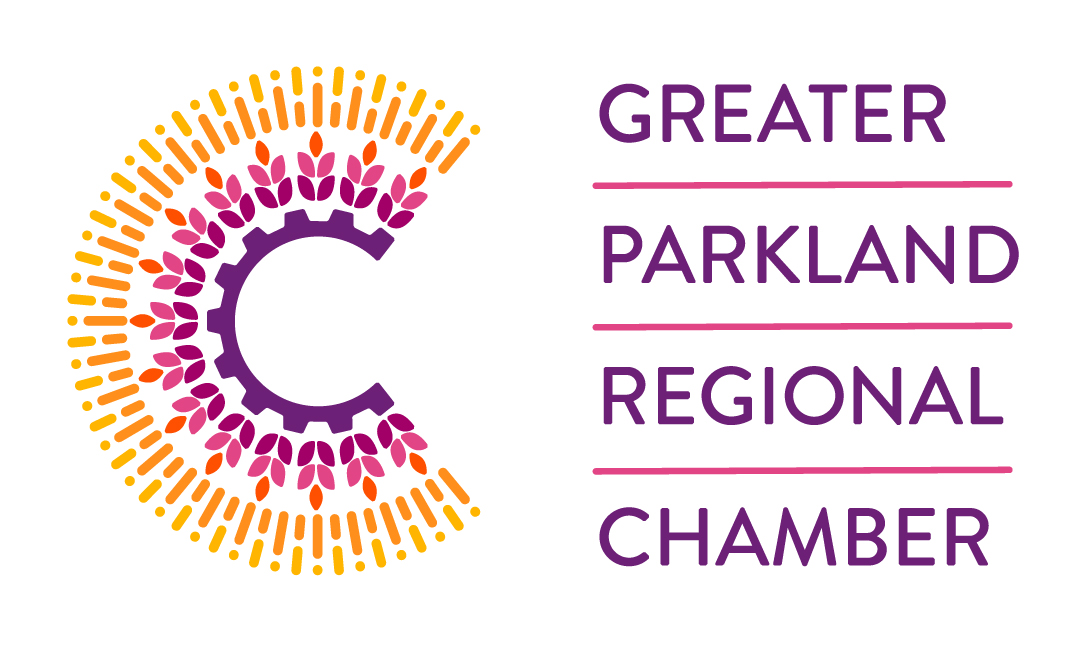
Different IT Support Tiers and How They Affect Daily Operations
Fast, reliable IT support is a frontline necessity. When systems falter, every minute of downtime chips away at revenue, frustrates users, and throws your team into reactive chaos.
Yet many businesses still treat IT support as a flat support structure, expecting a single team to handle everything from password resets to server crashes. The result is often confusion, delays, and recurring issues that never get fully resolved.
“Only 24% of businesses think today’s IT management practices still match the pace of modern business.”
Tiered IT support flips that model. It transforms technical chaos into structured action by assigning the right problems to the right people at the right time. Instead of bottlenecks, you get streamlined workflows. Instead of guesswork, you get expertise.
“Tiered IT support allows teams to respond faster and more intelligently to business needs.” — Kevin White, CEO of TRINUS
In this article, you’ll explore the differences between IT support tiers, how each level functions, and why implementing a tiered structure leads to faster resolutions, improved user satisfaction, and measurable business impact.
Stop Letting Every IT Issue Climb the Ladder!Stop letting confusion slow your response. Tiered IT support turns downtime into control time. |
What Are IT Support Tiers?
IT support tiers are a structured approach to resolving technical issues based on complexity, urgency, and required expertise.
Instead of funneling every problem into a single queue, tiered support divides responsibilities across levels, each designed to handle specific types of requests.
Think of it as a staircase: Tier 1 handles basic troubleshooting, Tier 2 tackles intermediate challenges, and Tier 3 steps in for advanced diagnostics and system-level interventions.
This layered model transforms support from reactive chaos into streamlined efficiency. It enables faster resolutions, preserves high-level expertise for critical tasks, and creates a clear escalation path that reduces confusion and repetition.
PwC reports that nearly 80% of consumers prioritize speed, convenience, expertise, and friendly service when judging their customer experience.
Here’s why tiered support matters:
- Accelerated response times by routing issues to the appropriate level immediately
- Reduced operational strain on senior technicians by filtering out routine tasks
- Improved knowledge retention through documented escalations and resolution histories
Greater transparency in support workflows, making it easier to track performance and identify bottlenecks
Unlike ad hoc support models, tiered structures offer predictability, accountability, and scalability, key ingredients for maintaining a resilient and responsive IT environment.
Tier 0: Self-Service and Knowledge Tools
Tier 0 is the foundation of modern IT support, where users solve simple issues independently, without needing to contact a technician.
It’s a strategic layer that reduces ticket volume, accelerates resolutions, and improves user satisfaction. Moreover, 60% of users choose self-service for simple tasks, and 67% prefer it over speaking with support.
Common Tier 0 tools include:
- FAQ Pages: Step-by-step articles that guide users through routine tasks like password resets, printer setup, or software troubleshooting.
- Chatbots: AI-powered assistants that walk users through common processes, offering instant help without human intervention.
- Self-Service Portals: Dashboards where users can check ticket statuses, reset passwords, request software installs, or access internal resources.
When properly deployed, self-service portals and knowledge bases can reduce support tickets by 25%. They also enhance the user experience by delivering immediate answers and freeing IT teams to focus on complex, high-value tasks.
Tier 1: Basic Issue Resolution
Tier 1 is the frontline of human IT support, the first point of contact for users facing everyday technical issues. These agents are trained to resolve common problems quickly and efficiently, keeping operations smooth and minimizing disruption.
Typical Tier 1 responsibilities include:
- Password resets and account unlocks
- Software setup and connectivity issues
- Basic troubleshooting for printer errors, application glitches, and user interface problems
Beyond resolution, Tier 1 plays a critical role as the escalation gatekeeper. When an issue exceeds their access or expertise, it’s routed to Tier 2 with clear documentation, ensuring continuity and faster resolution downstream.
Effective Tier 1 staffing delivers multiple benefits:
- Reduces wait times and user frustration
- Shields senior IT personnel from repetitive, low-level tasks
- Provides junior staff with hands-on experience and growth opportunities
- Improves overall trust in IT through consistent, responsive support
Escalation protocols and thorough documentation at this level are essential for long-term efficiency and scalability. When Tier 1 runs smoothly, the entire support system gains momentum.
Tier 2 Technical Troubleshooting
62% of users say clear insight and knowledge define a strong support experience. Tier 2 is where technical depth meets targeted resolution.
This level is staffed by experienced technicians who handle issues that go beyond Tier 1’s scope, problems that require deeper analysis, system-level access, and specialized expertise.
Typical Tier 2 responsibilities include:
- Diagnosing software bugs and performing log analysis
- Implementing system patches, updates, or configuration changes
- Resolving recurring technical problems in network infrastructure or application environments
Tier 2 doesn’t just fix; it filters. By resolving mid-level technical issues, it reduces the load on senior engineers and ensures that only high-impact problems escalate further. This preserves advanced expertise for strategic tasks and keeps support workflows efficient.
Proper documentation at this level is equally essential. Every resolution should be logged clearly so Tier 1 staff can learn from it, and future incidents can be handled faster. When IT support tiers are well-defined, businesses gain speed, clarity, and operational control, without overextending their top talent.
| More articles you might like: |
Tier 3: Expert Support
Tier 3 is the final escalation point, the domain of specialists, system architects, and senior engineers who tackle the most complex and high-impact technical challenges. These experts possess deep system knowledge and are equipped to resolve issues that require architectural insight or cross-platform coordination.
Typical Tier 3 responsibilities include:
- Root cause analysis for persistent infrastructure failures
- ERP and complex system debugging across integrated platforms
- Collaborating with software developers to test, refine, and implement long-term fixes
Tier 3 staff also play a strategic role in mentoring lower tiers. Through documentation, procedural updates, and knowledge sharing, they help build a stronger, more capable support ecosystem.
When a problem reaches Tier 3, it’s rare but critical. Structured escalation ensures lower tiers don’t waste time on issues beyond their scope, keeping IT operations agile, focused, and responsive.
This tier ensures business continuity by seeing to it that the most skilled minds are reserved for the toughest problems.
Tier 4: Third-Party Support
Tier 4 support comes into play when internal teams hit a wall, lacking the access, tools, or authority to resolve an issue. At this level, resolution depends on external vendors, service providers, or hardware manufacturers. These outside experts handle problems that fall beyond the scope of your internal infrastructure.
Common Tier 4 scenarios include:
- SaaS application troubleshooting for platforms like Salesforce or Office 365
- Hardware-specific diagnostics performed by device manufacturers
- Licensing, renewals, or provisioning issues managed by external providers
Managing Tier 4 effectively requires meticulous tracking and communication. Vendor delays can stretch downtime, so maintaining oversight of tickets and escalation paths is critical. This tier ensures your internal team stays focused and productive, rather than stalled by problems outside their control.
How IT Support Tiers Improve Business Outcomes
Tiered IT support is a strategic advantage. When implemented correctly, it streamlines operations, improves service quality, and protects your most valuable resources. The benefits are both measurable and meaningful.
Key advantages include:
- Faster resolutions: Tickets reach the right team without unnecessary steps or delays
- Employee retention: Staff handle tasks aligned with their skill level, reducing burnout and turnover
- Better user experience: Users receive competent support quickly, building trust and confidence in IT
- Operational clarity: Escalation paths and documentation reduce confusion and repeated effort
- Cost predictability: Structured tiers help forecast staffing needs and resource allocation
Common Missteps in Setting Up IT Support Tiers
Despite the benefits, many businesses stumble when implementing tiered support. These missteps can undermine efficiency and frustrate users.
Common pitfalls include:
- Ignoring Tier 0: Overloading human agents with repeatable, low-complexity issues
- Undertrained Tier 1 staff: Poor troubleshooting skills and unclear escalation criteria
- Improper escalation protocols: Delays caused by vague handoffs or missing documentation
- Misaligned tools: Deploying advanced diagnostic systems at tiers that don’t need them
To avoid these traps, consider these actionable tips:
- Regularly review ticket trends to identify bottlenecks and training gaps
- Ensure each tier has the right tools and access for its responsibilities
- Automate repetitive tasks to free up human resources for strategic work
IT Support Tier Responsibilities and Tools
The table below outlines responsibilities, common tools, and benefits for each IT support tier. This is designed to give a quick reference to ensure clarity and actionable understanding.
| Tier | Key Responsibilities | Tools & Platforms | Primary Benefits |
|---|---|---|---|
| Tier 0 | Self-service issue resolution, knowledge access | Chatbots, FAQs, portals | Reduces ticket volume, fast user resolution |
| Tier 1 | Basic troubleshooting, account support | Ticketing systems, live chat | First line of human support, quick fixes |
| Tier 2 | Complex technical troubleshooting | RMM tools, logs, and admin dashboards | Resolves advanced issues, educates Tier 1 |
| Tier 3 | Expert problem solving, root cause analysis | Test environments, diagnostic suites | Handles rare, high-impact issues |
| Tier 4 | Vendor liaison, external problem resolution | Vendor portals, SLA tracking | Resolves issues beyond internal control |
Experience Structured IT Support Tiers with TRINUS
Structured IT support tiers are indeed a catalyst for business efficiency. By reducing downtime, improving employee satisfaction, and ensuring users get the right help at the right time, tiered support transforms IT from a reactive service into a strategic advantage.
TRINUS has supported over 80 organizations across more than 30 municipalities in Western Canada for over 27 years, with 90% of support calls answered in under a minute. Their proven approach to tiered IT support helps businesses control costs, strengthen cybersecurity coverage, and scale operations with confidence.
| Reliable IT Support Services Near You |
| Edmonton |
Ready to streamline your IT operations? Contact us today to evaluate your support structure and schedule a consultation. Let’s build a smarter, faster, and more resilient IT environment, one tier at a time.


